How to Choose the Right Industrial Shrink Wrap Machine for Your Production Needs: A Data-Driven Approach
In today's fast-paced manufacturing landscape, selecting the right equipment is crucial for optimizing production efficiency and ensuring quality packaging. One of the most vital tools in this process is the Industrial Shrink Wrap Machine, a machine designed to protect products during storage and transportation while providing an attractive and tamper-evident presentation.
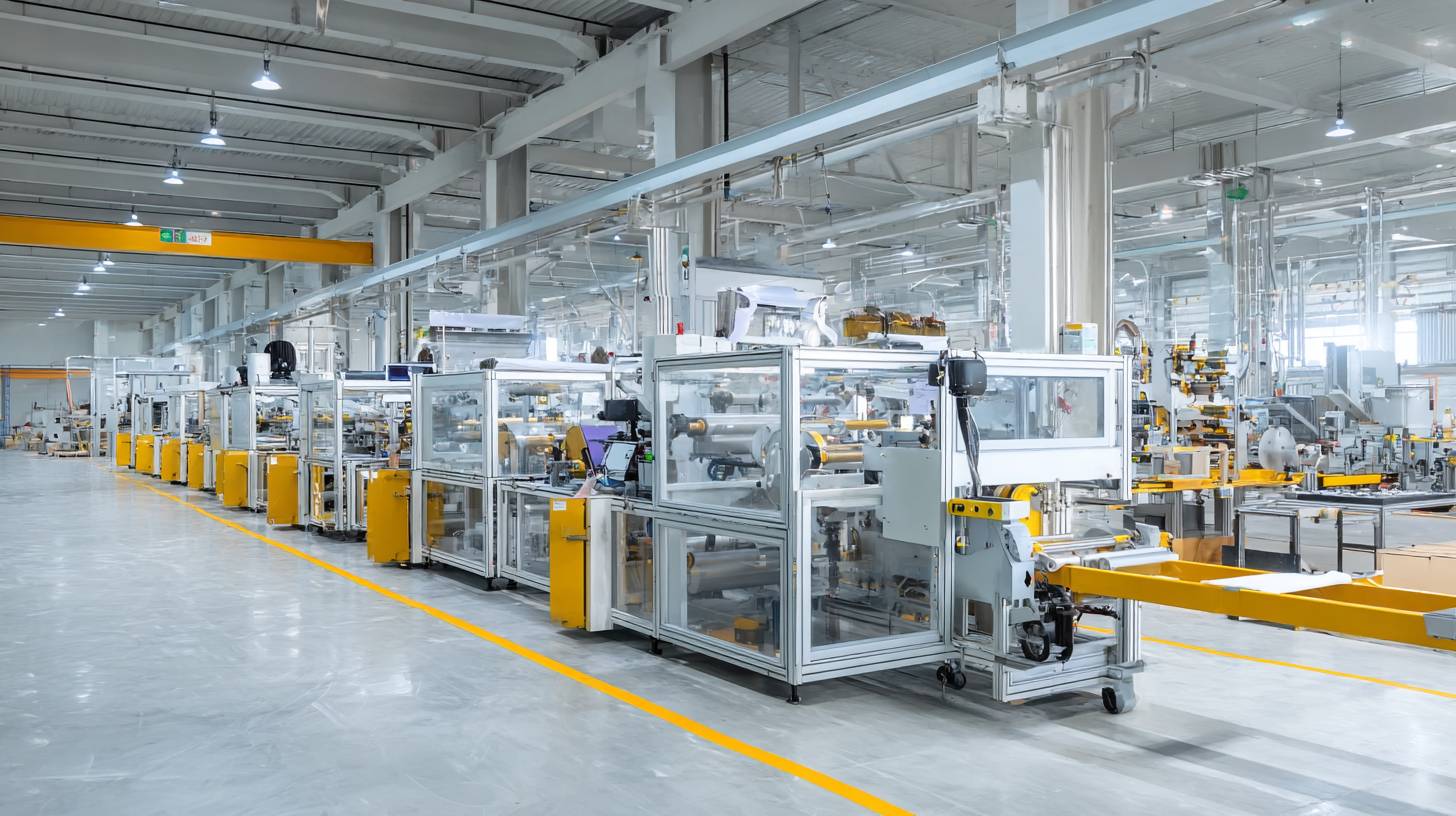
However, with a plethora of options available on the market, making an informed decision can be overwhelming. This blog will take a data-driven approach to guide you through the intricate process of choosing an Industrial Shrink Wrap Machine that meets your unique production needs. By analyzing key factors such as machine features, production speed, and material compatibility, we aim to equip you with the knowledge necessary to invest wisely and enhance your packaging operation.
Understanding Different Types of Industrial Shrink Wrap Machines and Their Functions
When selecting an industrial shrink wrap machine, it’s essential to understand the different types available, as they serve various functions tailored to specific production needs. The most common types include L-sealers, tunnel shrink wrappers, and automatic shrink wrap machines. L-sealers are ideal for smaller operations with lower volumes, effectively sealing and cutting film around products. On the other hand, tunnel shrink wrappers are designed for high-speed applications, utilizing heated tunnels to shrink the film tight around the product, making them suitable for larger production environments.
Additionally, automatic shrink wrap machines offer greater efficiency and are often integrated into production lines. These machines handle the entire process—from film wrapping to shrinking—without manual intervention, which maximizes throughput and minimizes labor costs. Understanding these distinctions is crucial; it enables businesses to select a machine that not only meets their immediate production requirements but also accommodates potential future increases in output. By analyzing the specific attributes and functionalities of each machine type, businesses can make an informed choice that aligns with their operational goals.
Key Factors to Consider When Assessing Your Production Volume Requirements
When selecting the right industrial shrink wrap machine, understanding your production volume requirements is crucial. Assessing the expected throughput is essential, as different machines are designed to accommodate varying levels of demand. For instance, if you're dealing with high-volume packaging needs, investing in a high-speed shrink wrap machine can significantly enhance efficiency and reduce operational bottlenecks. Conversely, for businesses with more modest output, a mid-range or entry-level machine may suffice, lowering capital expenditures while still meeting production goals.
Additionally, it's important to consider the scalability of the machinery in relation to future growth. As industries evolve, production needs may change, necessitating a system that can adapt without requiring an expensive overhaul. Conducting a thorough analysis of current and projected product lines, as well as seasonal demand fluctuations, can provide valuable insights into the most appropriate equipment for your operations. Combining this with a comprehensive understanding of the technical aspects and economic impacts of your packaging decisions can lead to a robust strategy that supports sustainable growth and operational efficiency.
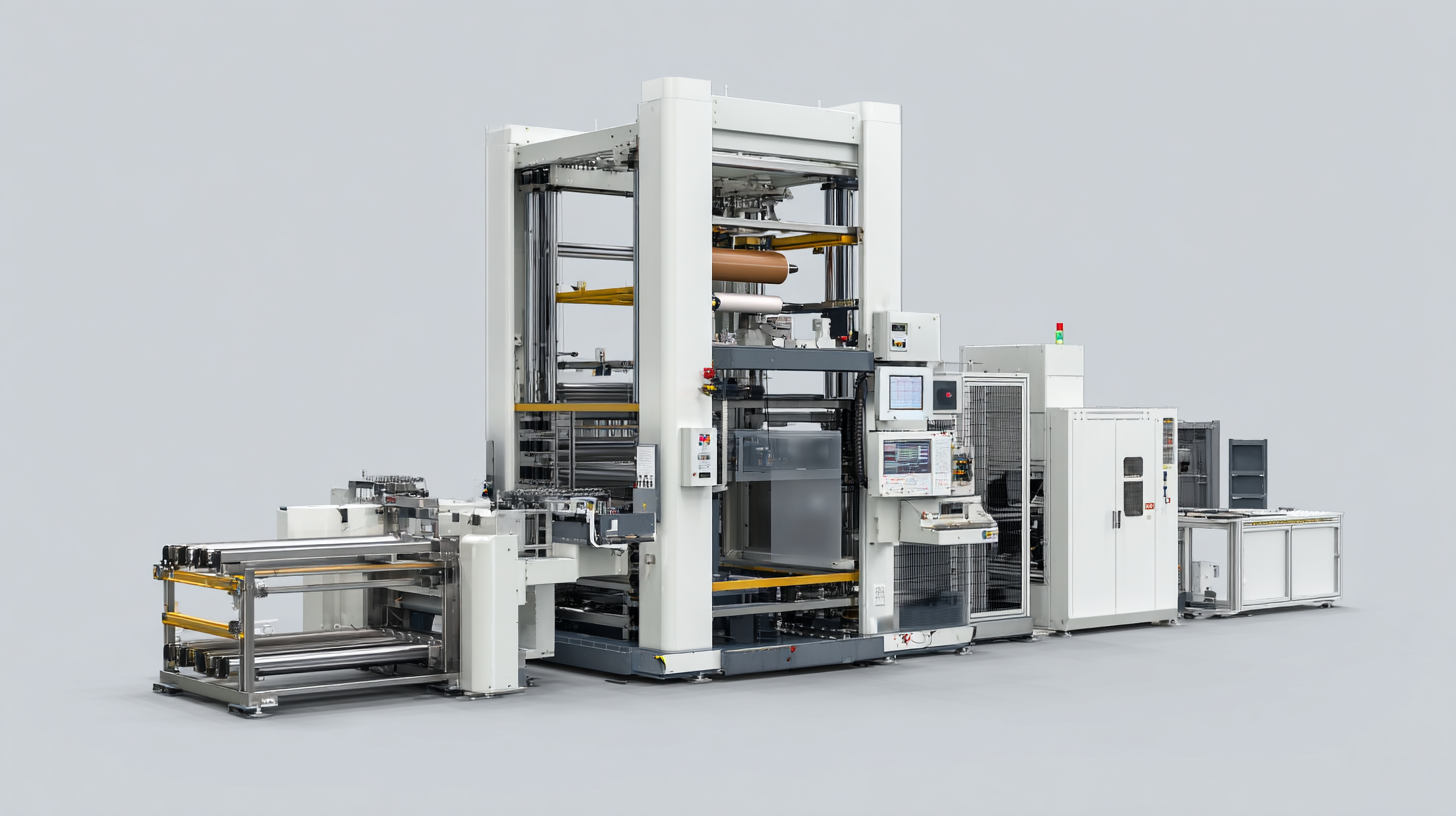
Evaluating Material Compatibility: Selecting the Right Shrink Film for Your Machine
When selecting the right shrink film for your industrial shrink wrap machine, material compatibility is crucial for ensuring optimal packaging performance. According to a report by Smithers Pira, the global market for shrink films is projected to reach approximately $13 billion by 2025, driven by growing demand across various sectors. It is essential to match the material properties of the shrink film with your product requirements, as different films offer varying levels of shrinkage, clarity, and puncture resistance.
Tip: Before making a purchase, conduct compatibility tests with your product samples to analyze how different films react under heat. Polyolefin films, for instance, are known for their excellent clarity and are ideal for products that require a polished appearance, while PVC films offer good shrink characteristics for irregular shapes.
Additionally, consider the specific environmental factors that your products may face during shipping and storage. For example, a recent study highlighted that using polyethylene shrink films can reduce the risk of environmental stress cracking, making it a preferred choice for products exposed to harsh conditions.
Tip: Always consult with film manufacturers and suppliers to get the latest data on film performance to ensure it meets your production needs. By doing due diligence, you can enhance both product protection and presentation in the competitive marketplace.
Analyzing Cost Efficiency: Initial Investment vs. Long-Term Benefits
When considering the purchase of an industrial shrink wrap machine, a critical aspect to evaluate is the cost efficiency of the initial investment versus its long-term benefits. Analyzing both elements helps in making informed decisions that align with production needs.
Initial costs can vary significantly depending on the technology employed and the machine's capabilities. However, investing in a higher quality machine can lead to substantial savings in labor, materials, and maintenance over time. This aspect mirrors findings from recent research on cost-benefit analyses in various sectors, which highlight the importance of considering long-term economic impacts alongside upfront costs.
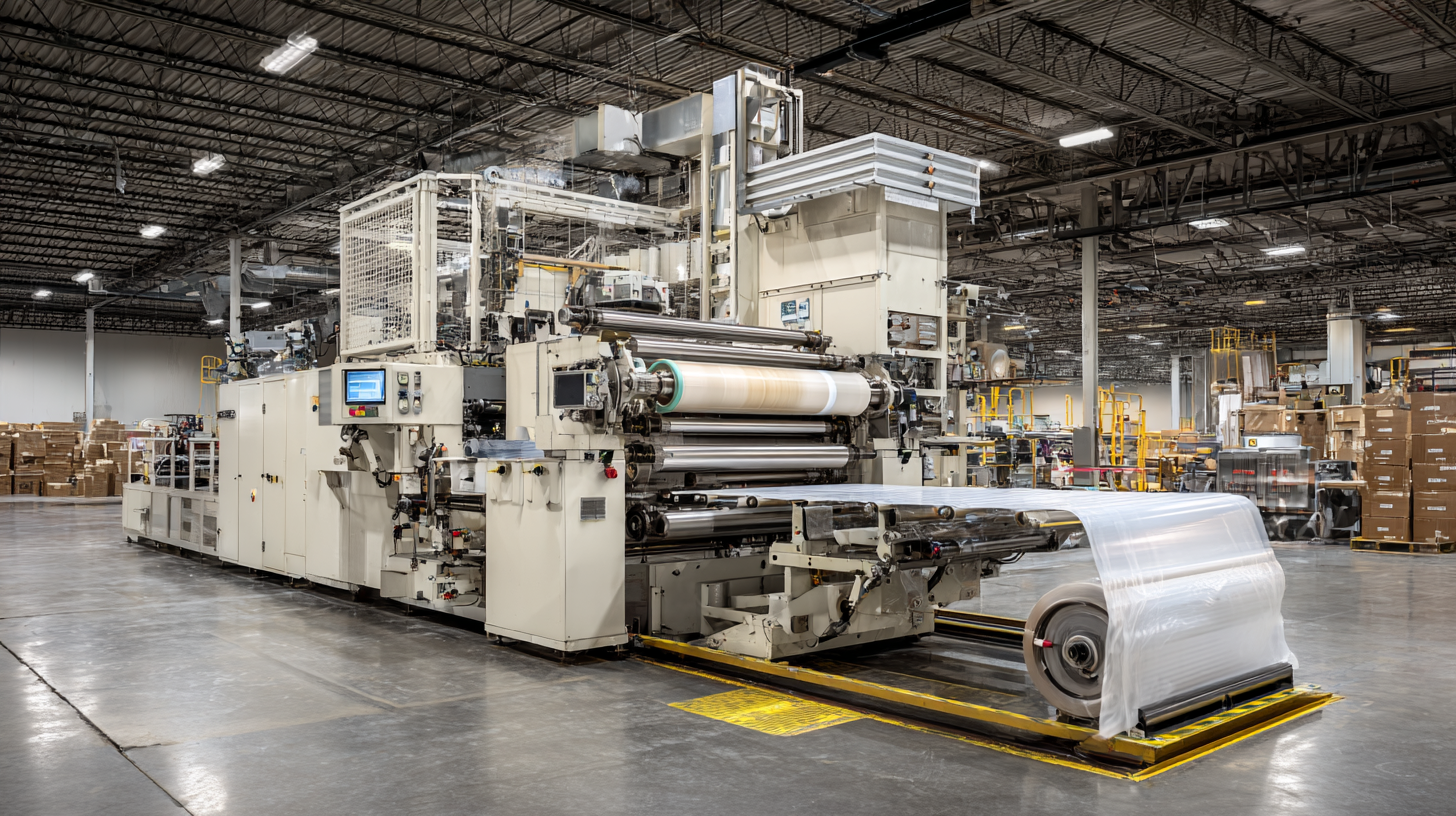 Moreover, the integration of advanced technologies, such as AI and Industry 4.0 innovations, further enhances the value proposition of modern shrink wrap machines. These systems not only optimize efficiency in packaging processes but also reduce waste and energy consumption, contributing to sustainability. As businesses strive to increase competitiveness and meet environmental standards, the adoption of double-duty technologies becomes evident. Ultimately, a comprehensive approach evaluating both immediate expenditures and future gains can empower companies to select the right shrink wrap machine that supports their operational goals effectively.
Moreover, the integration of advanced technologies, such as AI and Industry 4.0 innovations, further enhances the value proposition of modern shrink wrap machines. These systems not only optimize efficiency in packaging processes but also reduce waste and energy consumption, contributing to sustainability. As businesses strive to increase competitiveness and meet environmental standards, the adoption of double-duty technologies becomes evident. Ultimately, a comprehensive approach evaluating both immediate expenditures and future gains can empower companies to select the right shrink wrap machine that supports their operational goals effectively.
Exploring Advanced Features: Automation, Speed, and Customization Options
When selecting an industrial shrink wrap machine, advanced features such as automation, speed, and customization options play a crucial role in enhancing productivity and efficiency. Automation minimizes manual intervention, allowing for a seamless operation that not only boosts output but also reduces the risk of human error. Machines equipped with automated functions can adjust parameters like temperature and shrink time based on the product specifications, ensuring consistent results every time.
Tip: Consider investing in a shrink wrap machine with programmable settings. This feature can save time and help maintain quality by allowing operators to switch quickly between different product sizes and types without extensive recalibration.
Speed is another critical factor in maintaining a competitive edge in production. Modern shrink wrap machines offer varying speeds tailored to your production demands. High-speed models can process larger volumes, which is essential for businesses with high output requirements.
Tip: Evaluate your production line’s workflow to determine the optimal speed for your needs. A machine that operates too slowly may bottleneck other processes, while one that's too fast could lead to wasted materials or insufficient sealing.
Customization options are equally significant, allowing you to tailor the shrink wrapping process according to specific product shapes and sizes. This adaptability ensures that you can effectively package a diverse range of items without investing in multiple machines.
Tip: Look for machines that offer interchangeable tooling or adjustable configurations. This flexibility will enable you to optimize your packaging solution as your product line evolves.
Industrial Shrink Wrap Machine Features Comparison
This bar chart illustrates a comparison of three different industrial shrink wrap machines based on three critical features: Automation capability, Speed (packs per minute), and Customization options. Machine A excels in Automation, while Machine B offers superior Customization. Machine C stands out with high Speed and overall balance across features.
Related Posts
-

5 Reasons Why the Industrial Shrink Wrap Machine is the Best Investment for Your Packaging Line
-
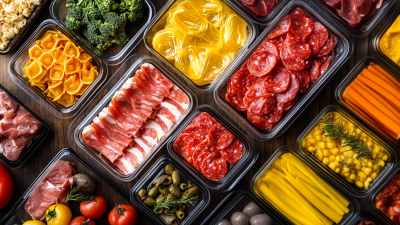
How to Choose the Right Food Packaging Equipment for Your Business Needs
-
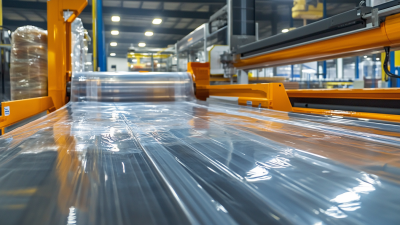
2025 Global Trends in Shrink Wrap Machines 5 Key Innovations to Watch
-

7 Essential Insights for Global Buyers of Industrial Packaging Machines
-
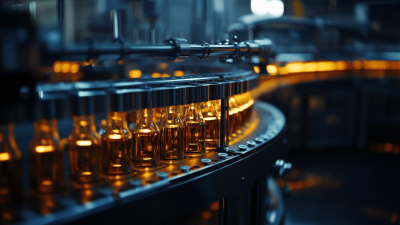
7 Compelling Benefits of Investing in a Packaging Machine for Your Business
-
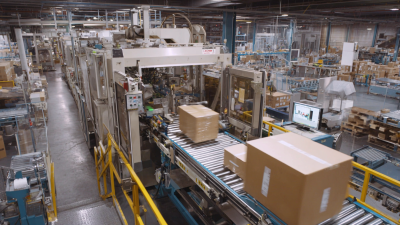
How to Navigate Global Import-Export Certifications for Best Packaging Equipment
